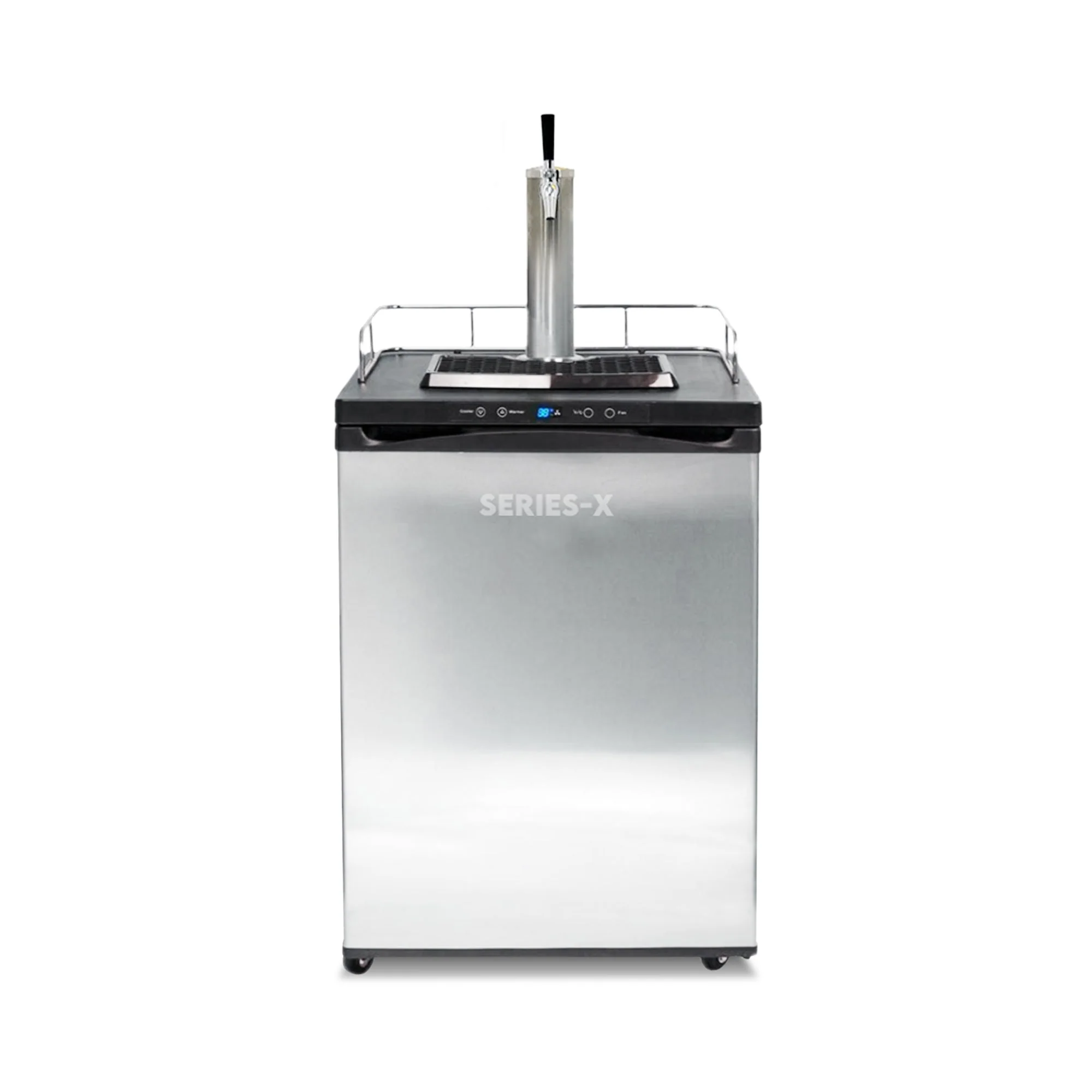

Articles
What Kind Of Keg For Kegerator?
Modified: February 27, 2024
Discover the different types of kegs suitable for your kegerator. Read our informative articles on keg options and find the perfect one for your needs.
(Many of the links in this article redirect to a specific reviewed product. Your purchase of these products through affiliate links helps to generate commission for Storables.com, at no extra cost. Learn more)
Introduction
Welcome to the world of kegerators! If you’re a beer enthusiast or planning to host a party, having a kegerator at home can be a game-changer. But before you start pouring pints of your favorite brew, it’s essential to understand the different types of kegs that are compatible with kegerators.
A kegerator is a specialized refrigerator or dispenser designed to store and dispense beer from kegs. It provides a convenient and cost-effective way to serve draft beer at home, eliminating the need for individual bottles or cans. However, not all kegs are the same, and choosing the right kind is crucial for a successful kegerator setup.
In this article, we’ll explore the different types of kegs available and provide insights into the factors you should consider when selecting a keg for your kegerator. Whether you’re a beginner or a seasoned beer enthusiast, this guide will help you make an informed decision and enhance your kegerator experience.
Key Takeaways:
- Choose the right keg for your kegerator by considering factors like size, beer availability, and compatibility. Enjoy a wide range of popular keg options for a diverse beer selection at home.
- Maintain and troubleshoot your kegerator for a consistently excellent beer experience. Regular cleaning, proper temperature control, and addressing common issues ensure a hassle-free and enjoyable draught beer experience.
Read more: What Is a Kegerator and What Is It Used For?
Understanding Kegerators
Before diving into the world of kegs, it’s important to have a basic understanding of kegerators themselves. A kegerator is essentially a refrigerator or dispenser that is specially designed to store and serve beer from kegs.
At its core, a kegerator consists of a refrigeration unit, a tap tower or faucet, CO2 (carbon dioxide) tanks and regulators, and various tubing and connections. The refrigeration unit keeps the beer at the optimal temperature, while the CO2 tanks and regulators control the carbonation and pressure inside the keg, allowing for a smooth and consistent pour.
One of the main advantages of a kegerator is its ability to maintain the freshness and quality of the beer. By keeping the beer in a sealed keg under controlled conditions, it avoids exposure to light, oxygen, and temperature fluctuations, which can quickly degrade the flavor and aroma of the beer.
Kegerators also offer the convenience of having a continuous supply of beer on tap in your home or commercial setting. They eliminate the need for individual bottles or cans, reducing waste and saving space. Plus, there’s something undeniably appealing about pouring a perfect pint of cold, draft beer with a creamy head right in your own kitchen or backyard.
Now that you have a general understanding of kegerators, let’s move on to the different types of kegs that are commonly used with these systems.
Types of Kegs
When it comes to kegs, there are a few different types that are commonly used with kegerators. The type of keg you choose will depend on various factors such as the size of your kegerator, your preferred beer style, and availability in your area. Here are the main types of kegs:
- Standard American Sankey Keg: This is the most common type of keg and is widely used in commercial settings. It has a D-shaped coupler and is compatible with most kegerators. These kegs typically hold 15.5 gallons (or half-barrel) of beer, which is equivalent to about 165 12-ounce servings.
- Cornelius (Corny) Keg: Also known as soda kegs, Cornelius kegs were originally used as soda syrup containers. They are smaller and more compact than standard American kegs, making them ideal for home use. Cornelius kegs come in various sizes, including 5-gallon and 2.5-gallon capacities. They use ball-lock or pin-lock connections instead of the D-shaped coupler.
- European Sankey Keg: This type of keg is typically used for European beers such as Guinness and Heineken. It has a different coupler system than the American Sankey keg, so you may need a specific adapter or coupler to connect it to your kegerator. European Sankey kegs come in various sizes, ranging from 5 to 30 liters.
- Mini Keg: Mini kegs are small, pressurized containers that typically hold around 5 liters of beer. They are popular for home use and are often used with countertop kegerators or portable dispensers. Mini kegs are available in various shapes and styles, and they usually come with their own dispensing system.
These are the main types of kegs you’re likely to encounter when setting up a kegerator. It’s important to note that not all kegerators are compatible with every type of keg, so make sure to check the specifications of your kegerator and choose a keg that will work seamlessly with your system.
Next, we’ll discuss the factors you should consider when choosing a keg for your kegerator.
Factors to Consider When Choosing a Keg
When it comes to choosing a keg for your kegerator, there are several factors to take into consideration. These factors will help ensure that you select a keg that not only fits your kegerator but also aligns with your preferences and needs. Here are some key factors to consider:
- Keg Size: The size of the keg is an important consideration. It should be compatible with the capacity of your kegerator, as well as your anticipated beer consumption. Larger kegs like the standard American Sankey kegs hold more beer but require more space and may not fit smaller kegerators. Smaller kegs, like the Cornelius kegs or mini kegs, are more suitable for home use and limited storage space.
- Beer Availability: Consider what types of beer are available in your area. If your local breweries predominantly use a specific keg type, it might be more convenient to choose that keg style for availability and ease of replenishment. Additionally, some imported beers may only come in certain keg types, so this factor may influence your decision as well.
- Compatibility: Ensure that the keg you choose is compatible with your kegerator. Different kegerator models may require specific coupler types to connect to the keg. It’s important to check the manufacturer’s recommendations or consult with the retailer to ensure a proper fit.
- Cost: Consider the cost of the keg itself and factor in any additional expenses for CO2 refills or replacements, cleaning supplies, and other accessories. Some keg types may require more expensive couplers or specific gas regulators, so be mindful of the total cost of ownership over time.
- Beer Style: Think about the type of beer you prefer and whether it’s commonly available in the keg type you’re considering. Different keg styles are better suited for different beer styles. For example, if you enjoy traditional European beers like Guinness or Heineken, a European Sankey keg might be the most suitable option.
By considering these factors, you’ll be able to choose a keg that fits your kegerator, aligns with your beer preferences, and meets your budgetary requirements.
Now that you have a good understanding of the factors to consider, let’s explore some popular keg options for kegerators.
When choosing a keg for your kegerator, consider the size and type of beer you want to dispense. A standard 5-gallon Cornelius keg is versatile and fits most kegerators. Be sure to also consider the type of coupler needed for your specific keg.
Popular Keg Options for Kegerators
When it comes to stocking your kegerator with beer, there are numerous popular keg options to choose from. Here are some of the most common and well-loved kegs that are compatible with kegerators:
- American Lager/Pilsner: American lagers and pilsners are light, crisp, and refreshing beers that are widely enjoyed. Popular brands like Budweiser, Coors, and Miller are often available in standard American Sankey kegs, making them a popular choice for kegerators.
- IPA (India Pale Ale): IPAs are known for their bold hop characteristics and fruity, bitter flavors. Many craft breweries offer their IPAs in a wide range of keg sizes, including standard American Sankey kegs and Cornelius kegs, catering to both home kegerators and larger commercial setups.
- Stout/Porter: If you prefer dark, rich, and full-bodied beers, stouts and porters are excellent options. Guinness, one of the most popular stouts, can be found in both European Sankey kegs and Nitro Cans, allowing you to enjoy a creamy and smooth pour in your kegerator.
- Craft Beer Selections: Craft beer enthusiasts have countless options when it comes to keg choices. Many craft breweries offer their beers in various keg sizes, including 5-gallon and 2.5-gallon Cornelius kegs. This allows for a diverse range of flavors and styles, from wheat beers to sour ales to barrel-aged delights.
- Imported Beers: If you’re a fan of imported beers, you’ll find that many European beers, such as Heineken, Stella Artois, and Newcastle Brown Ale, are available in European Sankey kegs. These kegs can be a great addition to your kegerator for a taste of international brews.
These popular keg options offer a wide range of beer styles and flavors that can be enjoyed straight from your kegerator. Remember to check the availability of these kegs at your local beer retailers or directly from the breweries themselves.
Now that you have some keg options in mind, it’s important to know how to properly maintain and clean your keg for optimal performance. Let’s delve into that topic next.
Read more: What Kind Of Tubing For Kegerator
Maintaining and Cleaning Your Keg
Proper maintenance and regular cleaning of your keg are essential for ensuring the longevity and quality of your beer. Here are some tips to help you keep your keg in top shape:
- Sanitization: Before using a new keg or switching to a different beer, it’s crucial to sanitize the keg thoroughly. Use a food-grade sanitizer to clean all the components of the keg, including the coupler, dip tube, and beer lines. This will help prevent any contamination and maintain the integrity of your beer.
- Cleaning: Regular cleaning of your keg is vital to remove any buildup of yeast, sediment, or bacteria that can affect the taste and quality of your beer. After emptying the keg, rinse it with hot water to remove any remaining beer or residue. Use a keg cleaning solution and follow the manufacturer’s instructions for a thorough clean. Rinse it again with hot water to ensure all the cleaning solution is removed.
- CO2 Purging: Before filling your keg with beer, it’s beneficial to purge it with CO2 to remove any oxygen. This will help maintain the freshness and flavor of your beer. Connect the gas line to the keg, set the pressure, and release the gas for a few seconds to flush out the oxygen.
- Temperature Control: Proper temperature control is crucial for maintaining the quality and carbonation of your beer. Keep your kegerator at the recommended temperature for the style of beer you are dispensing. The ideal temperature range is typically between 36°F and 40°F (2°C and 4°C).
- Regular Inspections: Check for any leaks, loose connections, or signs of wear and tear in your keg system. Ensure that the CO2 tank and regulator are functioning properly. Regularly inspect the rubber seals or O-rings for any damage and replace them as needed to maintain a tight seal.
- Proper Handling and Storage: When handling and storing your keg, always treat it with care. Avoid dropping or shaking the keg, as this can disturb the sediment and affect the taste of the beer. Store the keg upright in a cool and dark place away from direct sunlight, heat sources, or extreme temperatures.
By following these maintenance and cleaning practices, you can ensure that your keg and kegerator are in optimal condition, providing you with fresh and delicious beer on tap.
Lastly, let’s address some common keg-related issues and how to troubleshoot them.
Troubleshooting Common Keg-related Issues
While kegerators and kegs are designed to provide a hassle-free beer dispensing experience, occasional issues may arise. Here are some common keg-related issues and how you can troubleshoot them:
- Low or No Carbonation: If your beer is coming out flat or with minimal carbonation, check the CO2 pressure. Ensure that the CO2 tank is not empty and that the regulator is properly set to the recommended pressure for the beer style. It’s also important to check for any leaks in the system, such as loose connections or damaged O-rings, as these can cause a loss of carbonation.
- Excessive Foam: If you’re getting too much foam when pouring your beer, it could be due to a couple of factors. First, make sure the beer lines and faucets are clean, as buildup or residue can cause excessive foaming. Ensure that the temperature of the keg and kegerator is set at the optimal range to prevent overcarbonation. Additionally, be mindful of the pouring technique, as a quick and aggressive pour can lead to excessive foam.
- Off-flavors or Funky Taste: If your beer has off-flavors or a funky taste, it could be a result of improper cleaning or sanitization. Ensure that your keg and kegerator components are thoroughly cleaned and sanitized before each use. If the issue persists, it’s possible that the beer lines or tap system may need a deeper clean or replacement to eliminate any lingering contaminants.
- Leaking or Dripping Tap: If you notice that your tap is leaking or dripping when not in use, it may be due to a faulty tap seal or a loose connection. Tighten any loose connections and check the condition of the tap seal or washer. If the issue persists, you may need to replace the faulty component.
- Keg Not Fitting: If you have a kegerator that is designed to accommodate a specific keg size or type, double-check that you have the correct keg for your system. Some kegerators may require adapters or additional couplers to fit different keg styles. If the keg still doesn’t fit, consult the manufacturer or retailer for guidance.
By addressing these common keg-related issues and troubleshooting them accordingly, you can ensure a smooth and enjoyable kegerator experience.
With a good understanding of kegerators, keg types, maintenance, and troubleshooting, you’re well-equipped to make informed decisions and maximize the potential of your kegerator setup. Cheers to pouring perfect pints of your favorite beer right in the comfort of your own home!
Conclusion
Having a kegerator at home opens up a world of possibilities for enjoying draft beer on tap whenever you want. Understanding the different types of kegs and considering important factors such as size, compatibility, and beer availability are crucial steps in creating the perfect kegerator setup.
Whether you opt for a standard American Sankey keg, a Cornelius keg, or a European Sankey keg, each type has its own advantages and considerations. Knowing the popular keg options available for your kegerator allows you to explore a wide variety of beer styles and flavors.
Maintaining and cleaning your keg regularly ensures that your beer stays fresh and maintains its quality. Proper sanitization, cleaning, temperature control, and regular inspections are essential to enjoying a consistently excellent pint of beer.
When troubleshooting common keg-related issues, understanding how to address problems such as low carbonation, excessive foam, off-flavors, leaking taps, and compatibility challenges will help you maintain a well-functioning kegerator system.
With these insights and knowledge, you’re now equipped to create the ultimate kegerator experience, allowing you to savor the taste of draft beer from the comfort of your own home.
So, raise a glass, tap your keg, and enjoy the delightful experience of pouring a cold and refreshing draught beer right in your own living space. Cheers!
Frequently Asked Questions about What Kind Of Keg For Kegerator?
Was this page helpful?
At Storables.com, we guarantee accurate and reliable information. Our content, validated by Expert Board Contributors, is crafted following stringent Editorial Policies. We're committed to providing you with well-researched, expert-backed insights for all your informational needs.
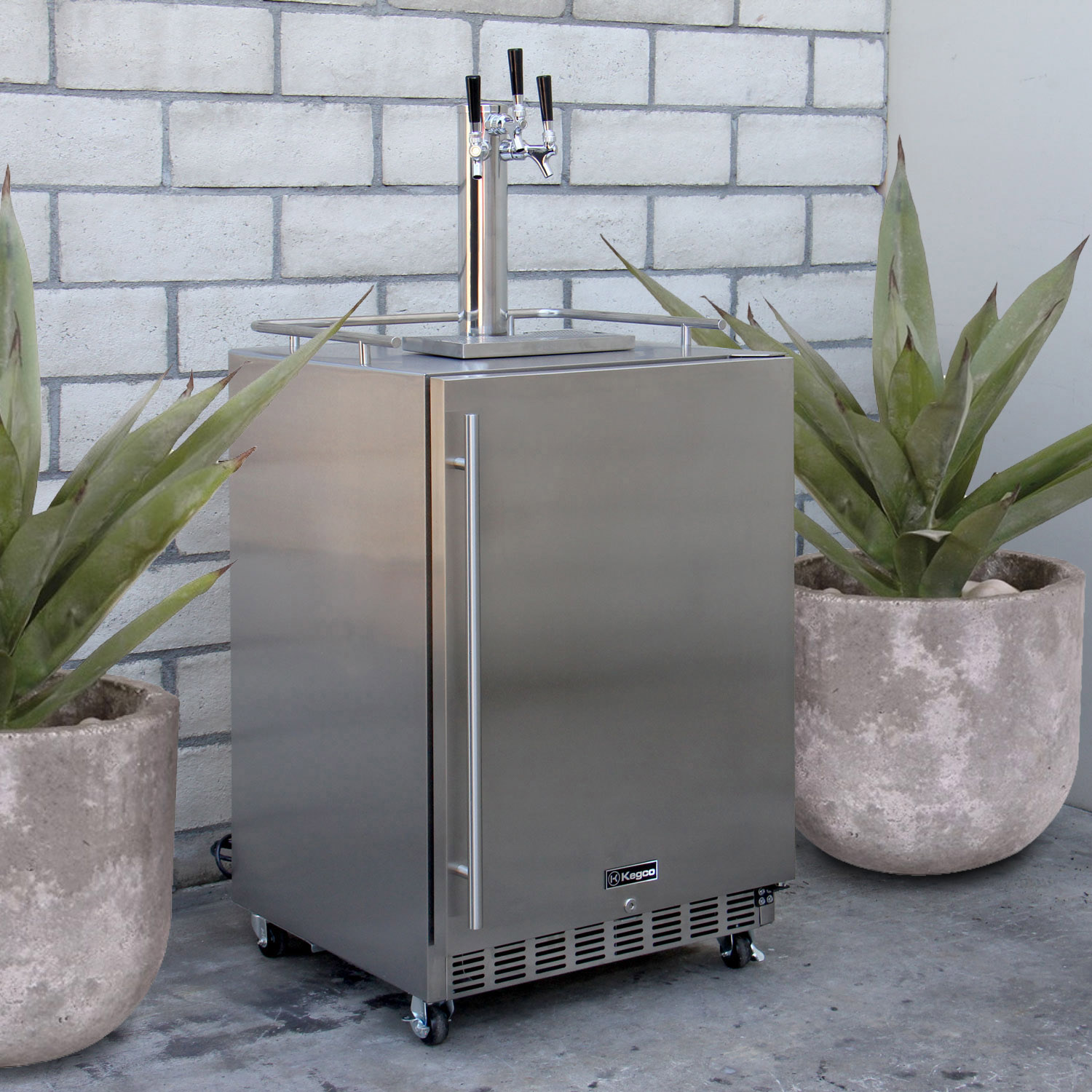
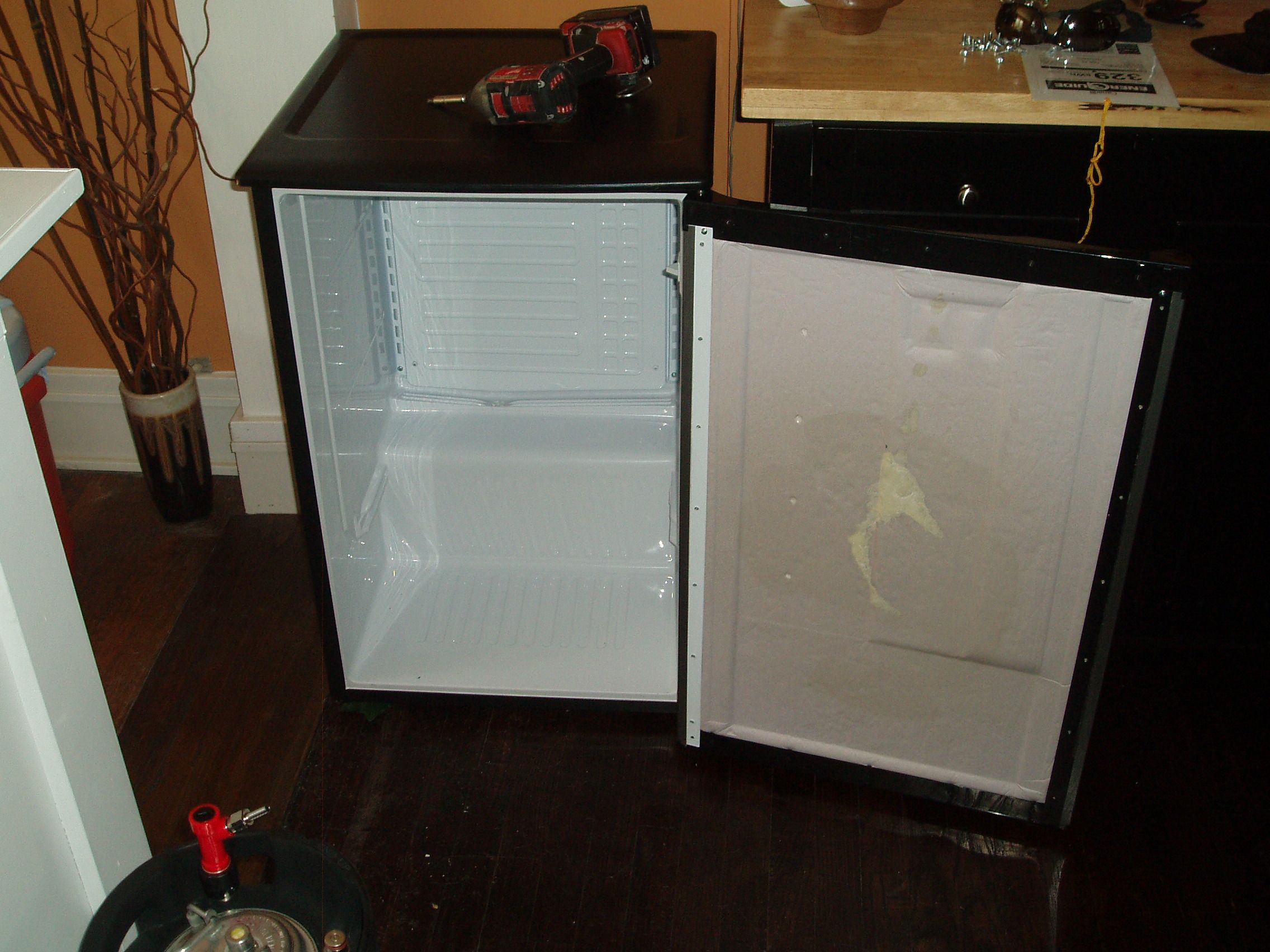
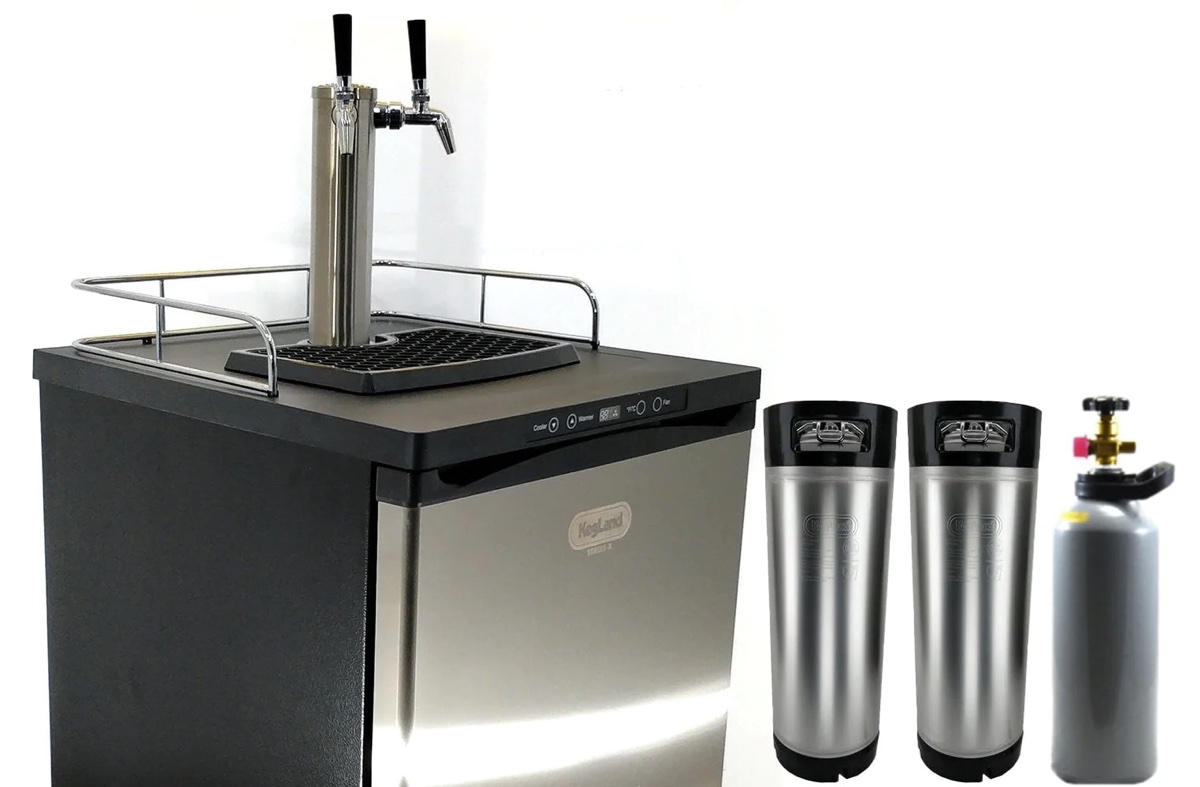
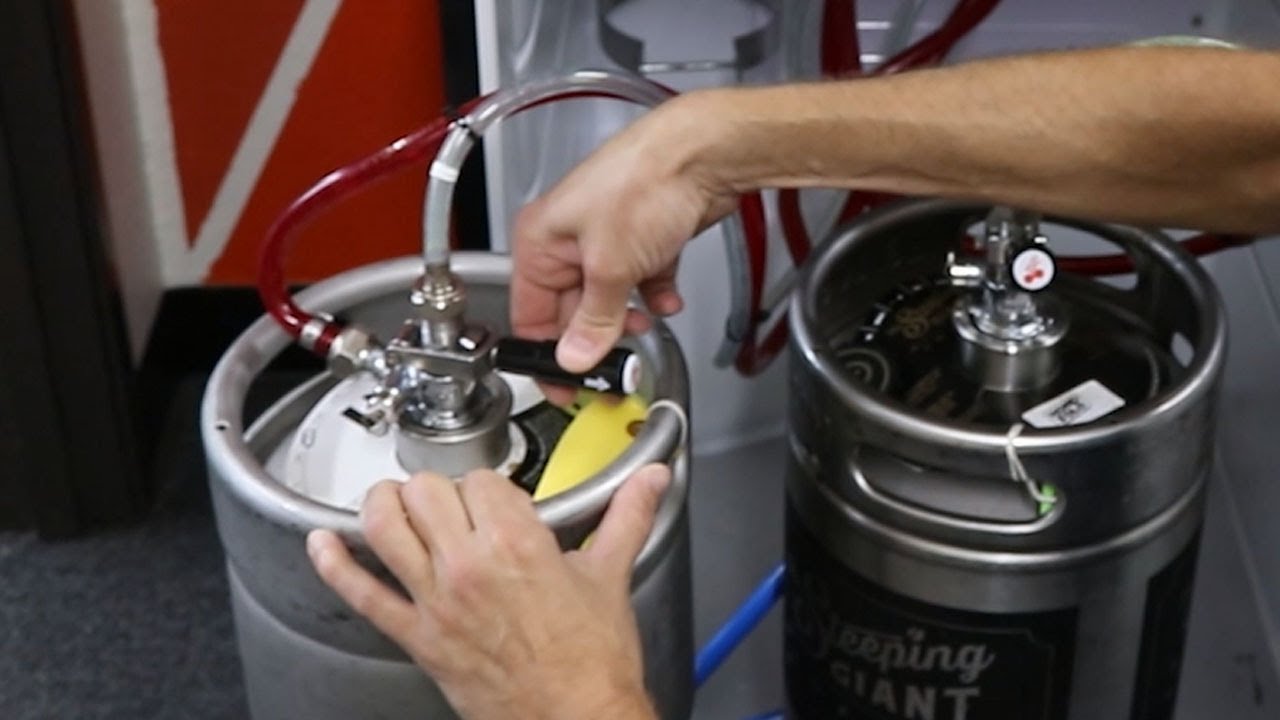
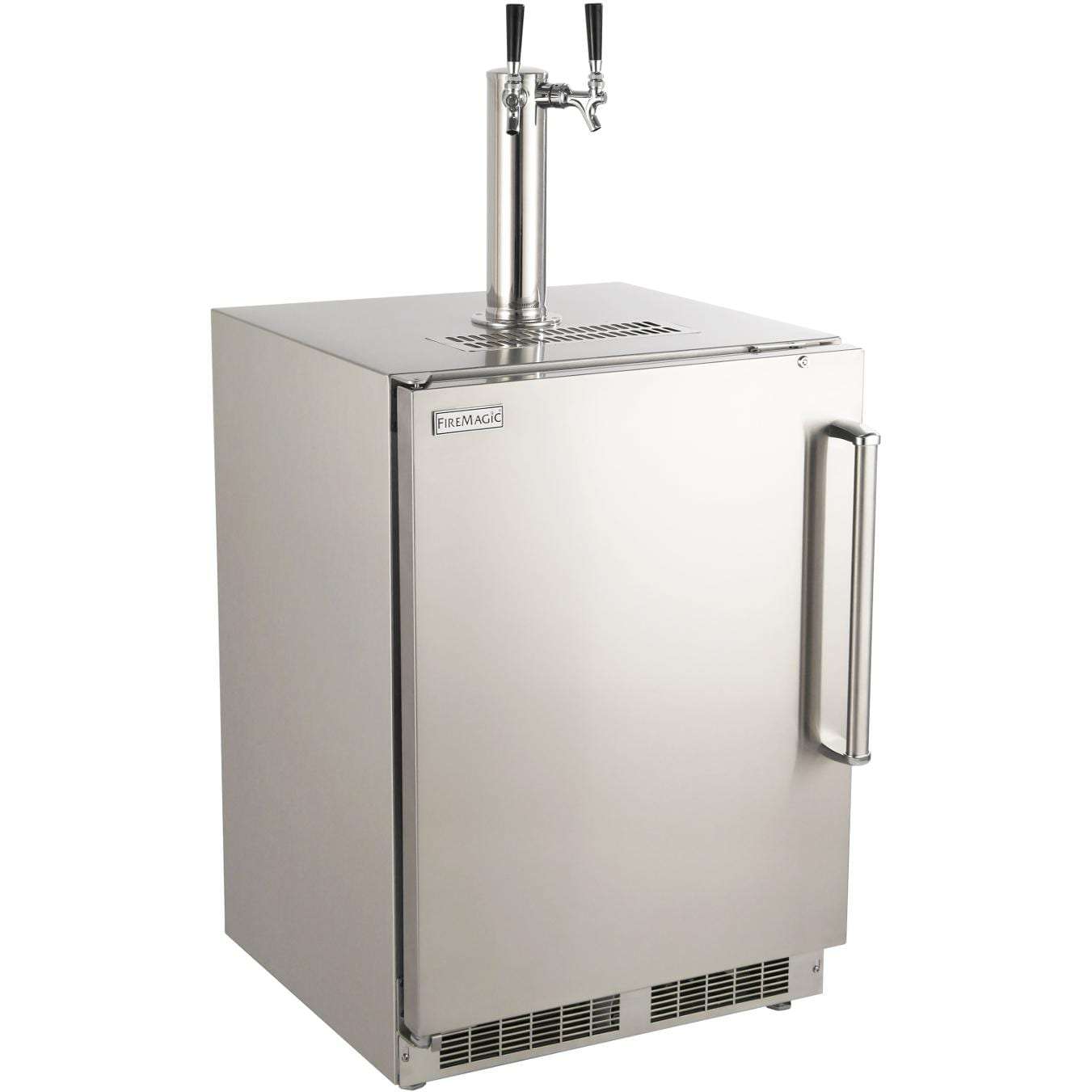
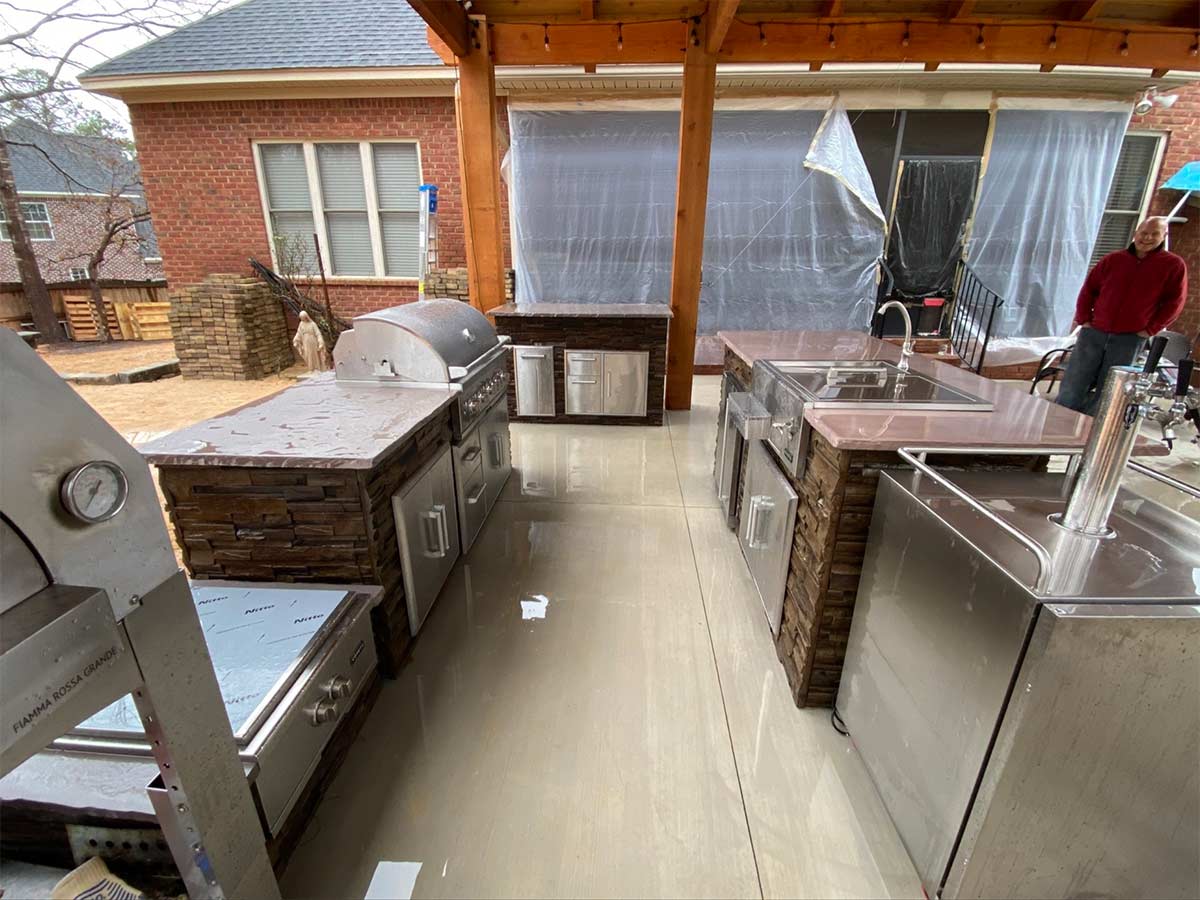
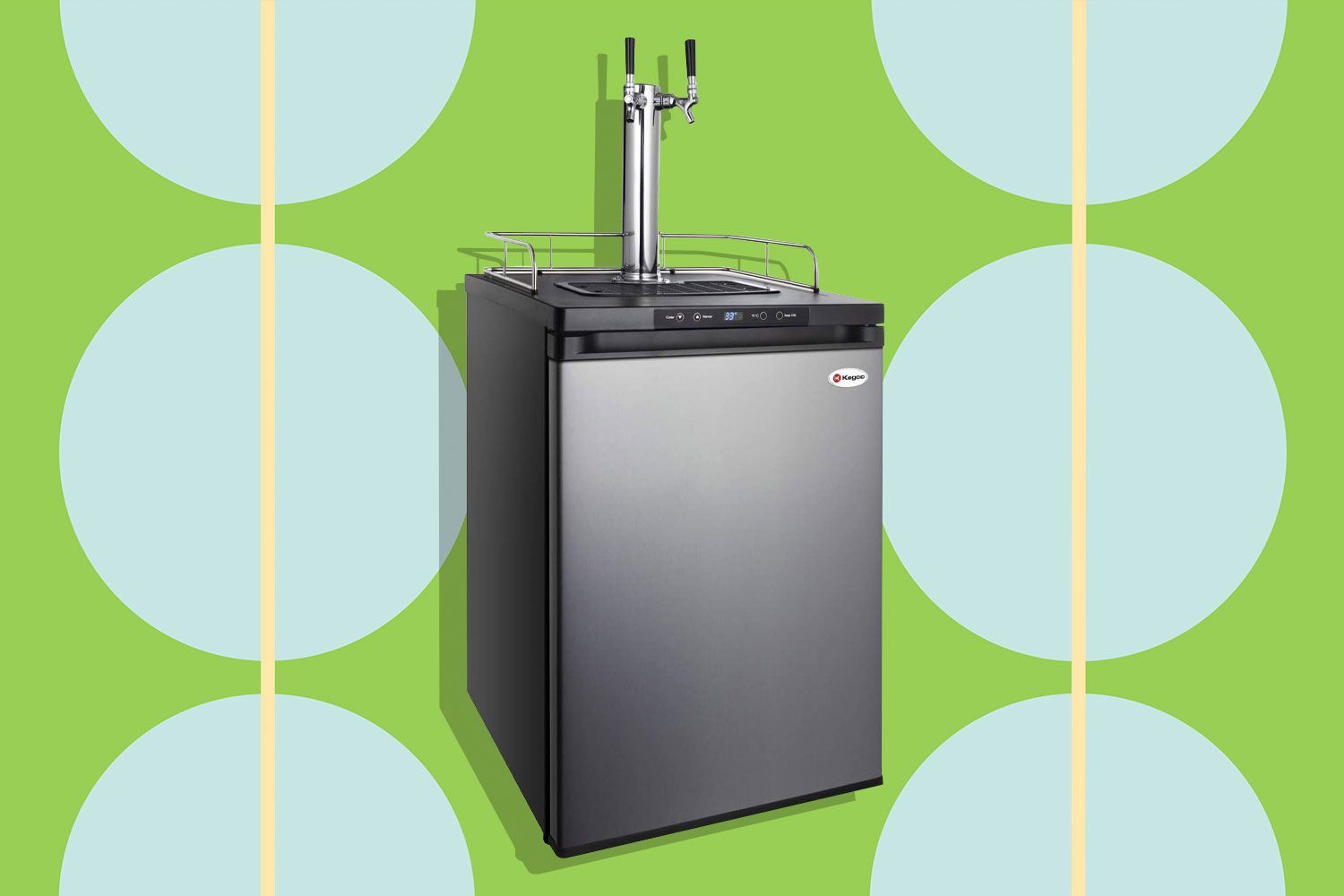
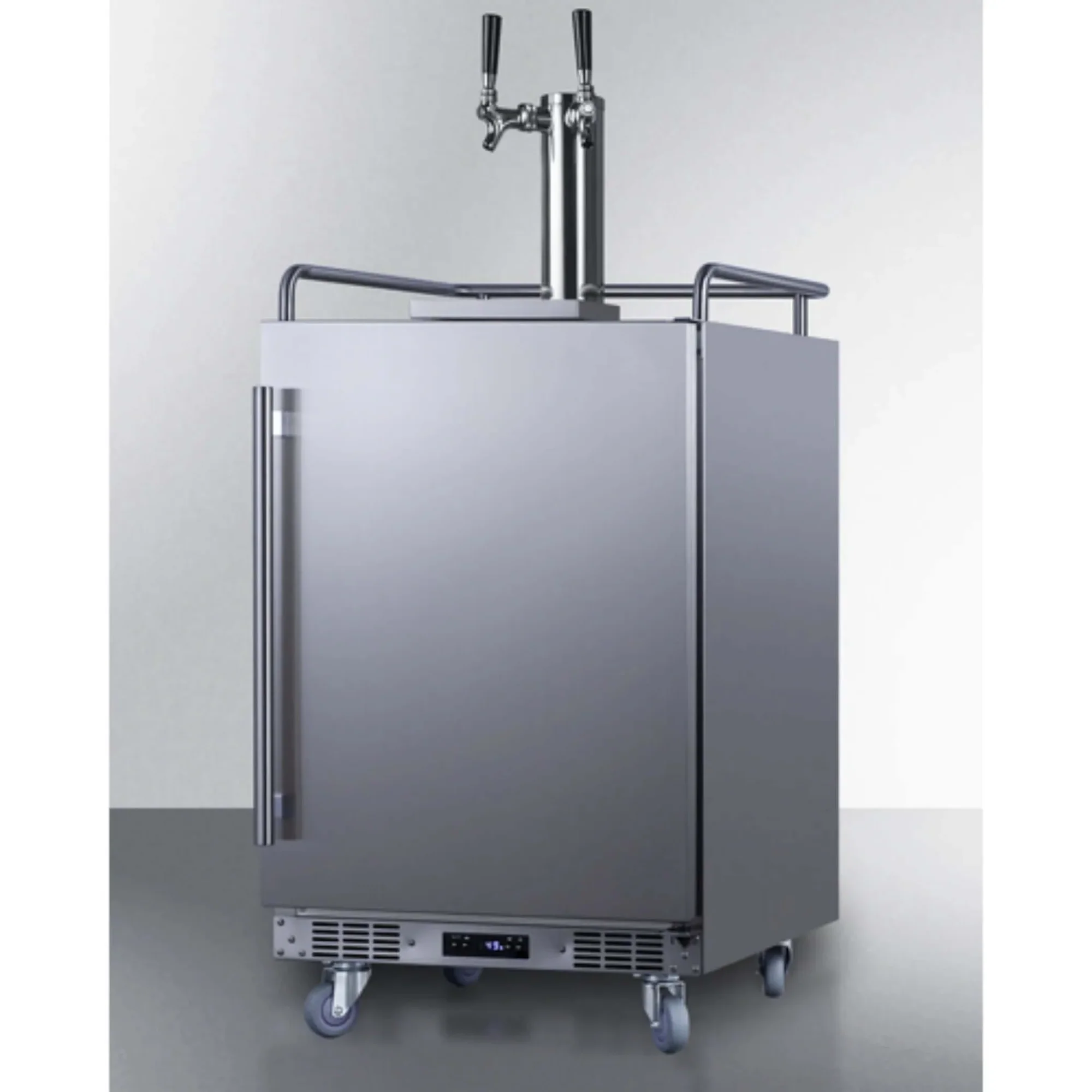
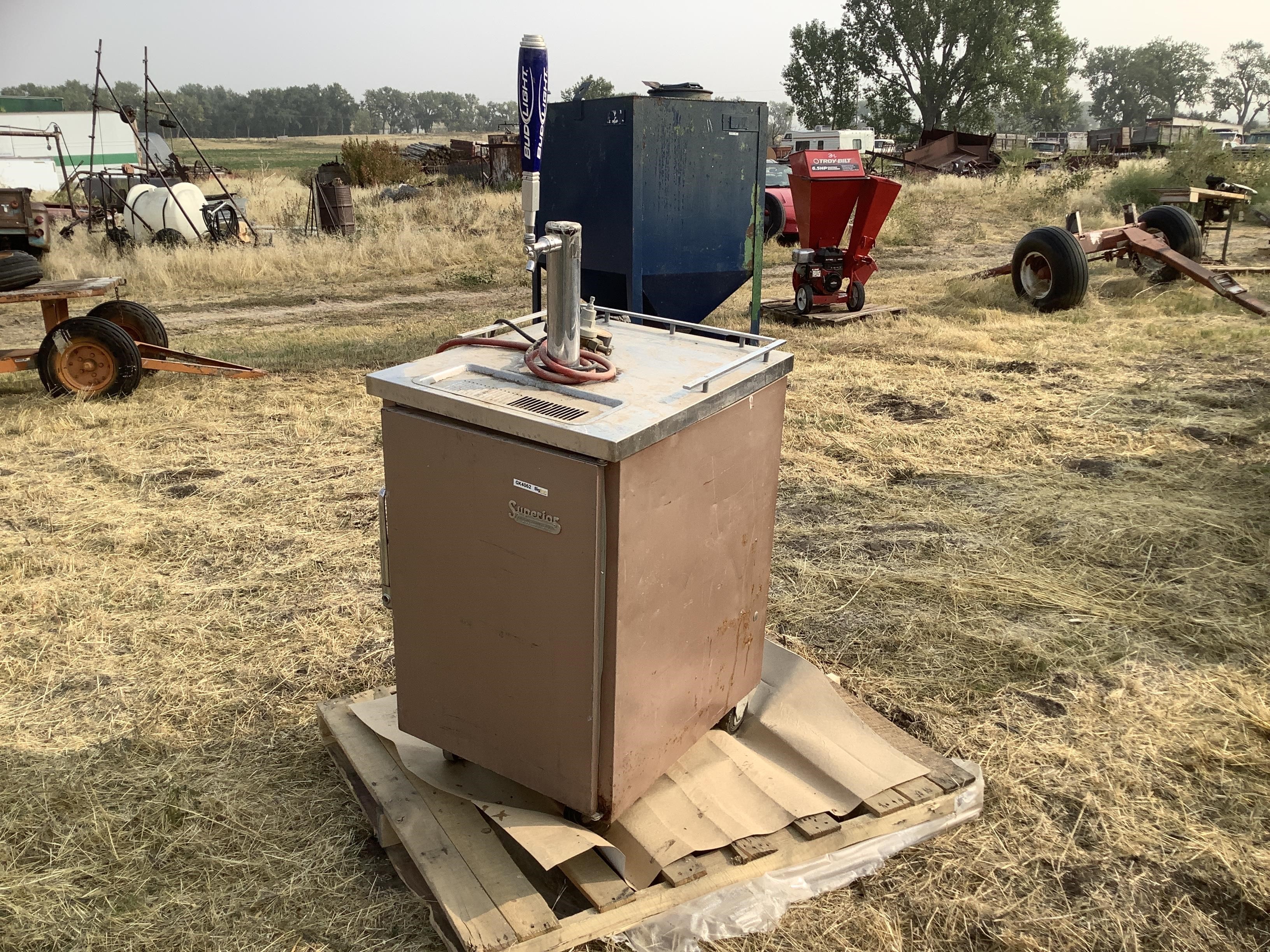
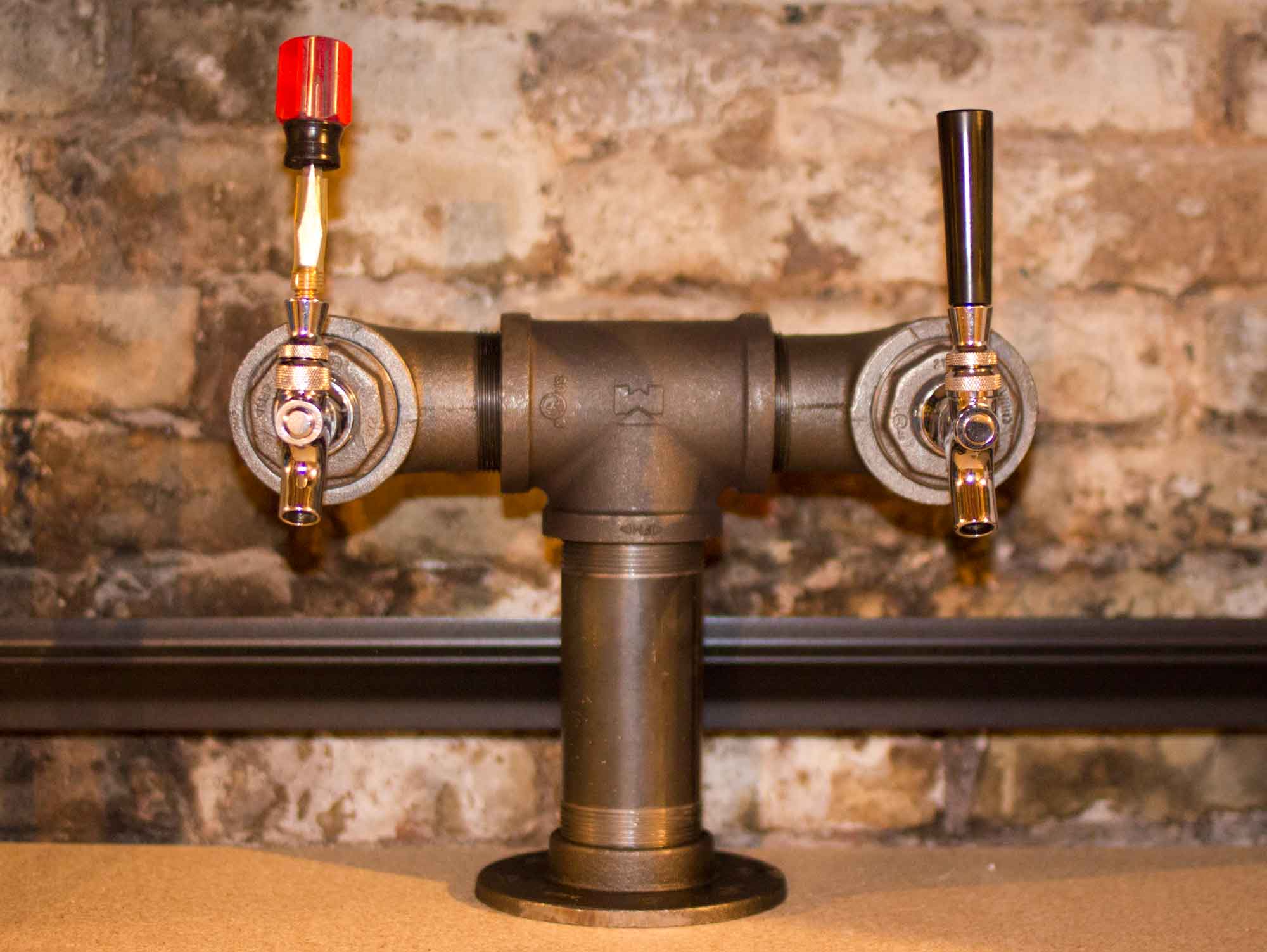
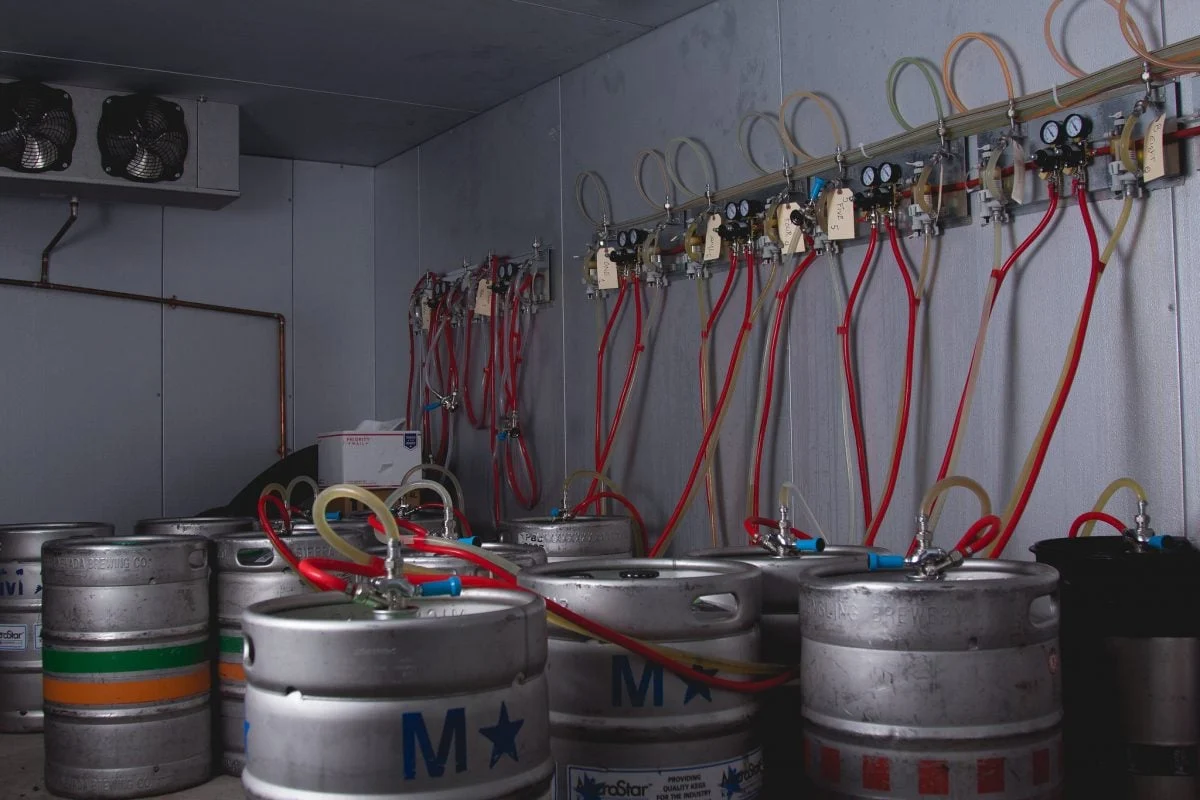
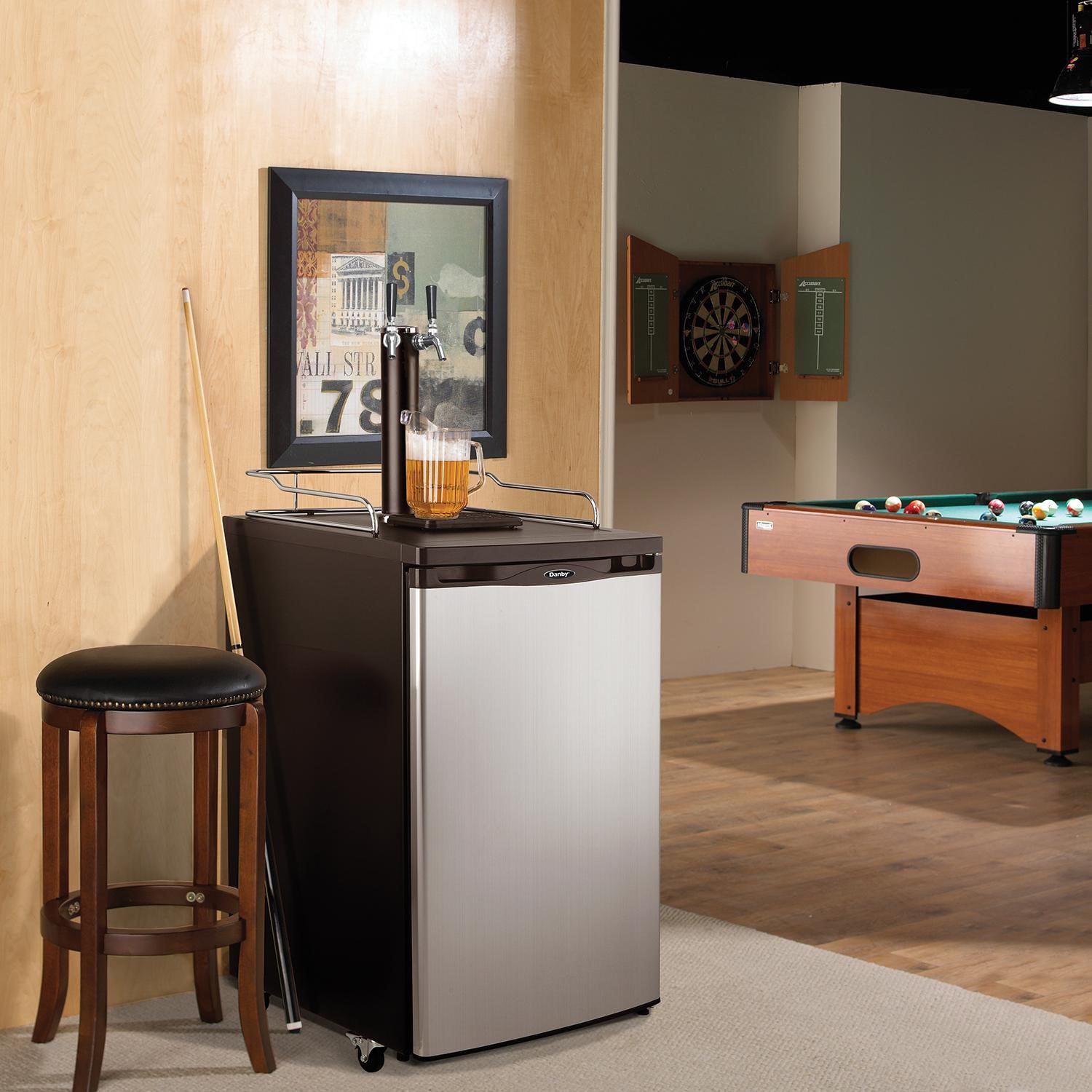
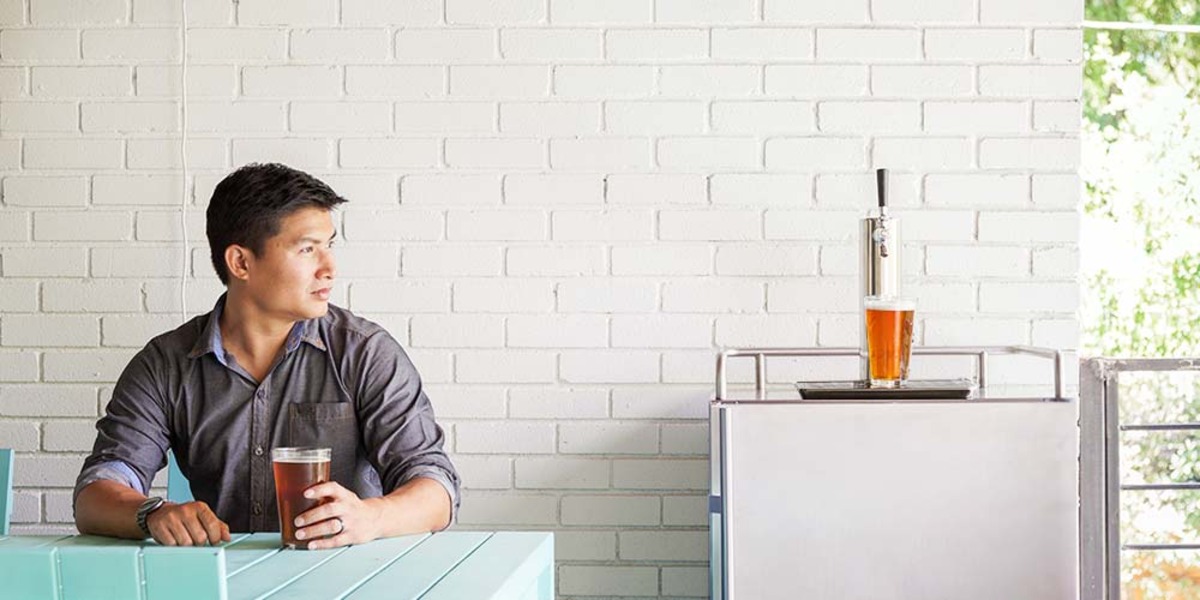
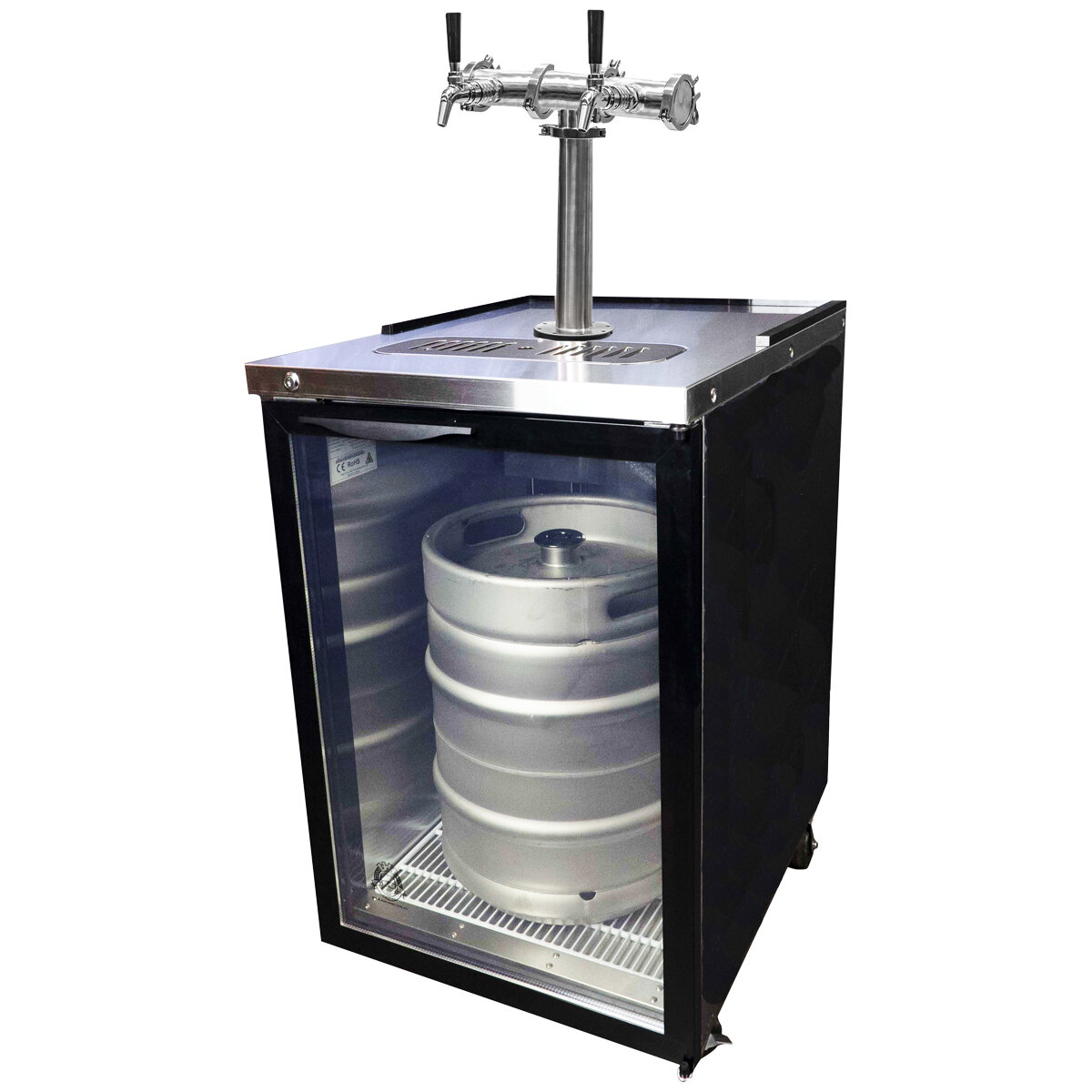

0 thoughts on “What Kind Of Keg For Kegerator?”